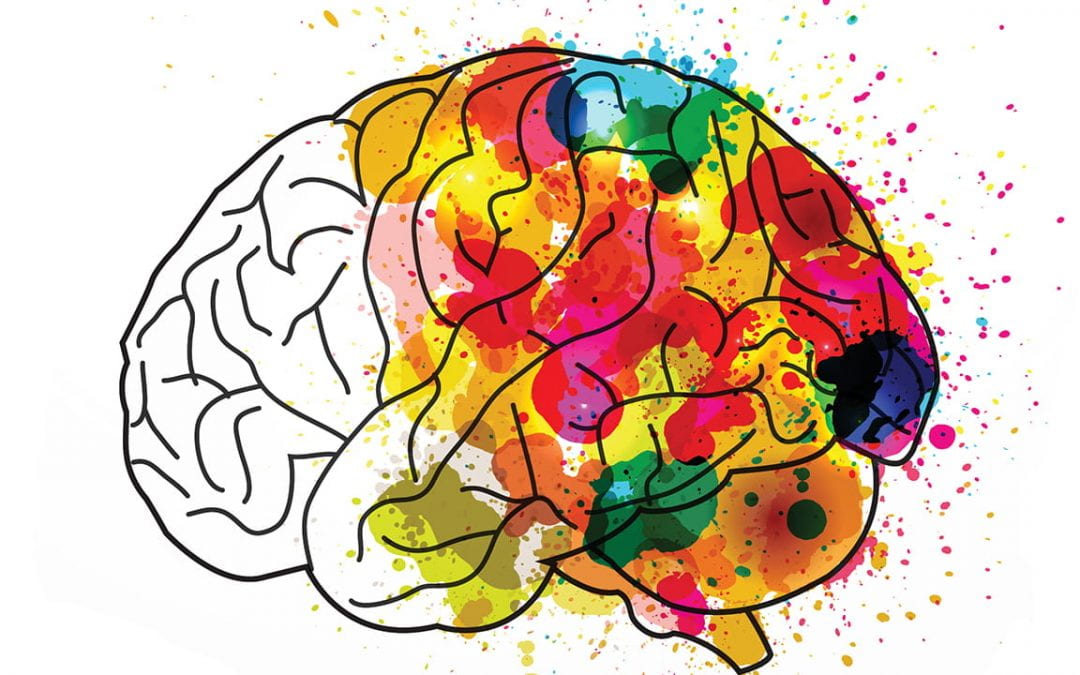Multimodality is an inter-disciplinary approach that understands communication and representation to be more than about language.
Multimodality provides complex fine grained analysis to get at the details of texts and interactions in which meaning is understood as being realized in the iterative connection between the meaning potential of a material semiotic artefact/text, the meaning potential of the social/cultural environment it is encountered in, and the resources and knowledge that people bring to these. Speech and writing continue to be seen as significant but are seen as parts of a multimodal ensemble with an emphasis on situated action: the importance of context and the sign maker in shaping the resources available for meaning making and how these are selected and designed focus on people’s situated choice of resources rather than emphasizing the system of available resources.
Jewitt & Bezemer (2012)
One thing I regularly notice, having come from a visual arts background, is how often images, sound and environmental elements are overlooked in educational settings. And though things have started to change with the increased availability of resources, text and writing still often rule in school, even if the greater availability of digital imagery now makes it possible to add depth of understanding to all the things we teach and learn.
I was first struck by the outlook on images that educators still have these days, when in one of my graduate classes I had to exchange a ‘technology curriculum design’ with other teachers in one of my classes. One enthusiastic teacher had designed a great lesson for her elementary students about the BP Deepwater Horizon oil spill that began in 2010. The lesson was, in my opinion extremely brave, exposing her students to positives and negatives you don’t always see at the elementary level. She didn’t water down the material because the students were young and I truly admired her approach, but in my mind there was something missing: where were images or video of the spill?
These days students (and adults) do not have to just rely on the written word or a remote video shot to understand or describe something deep below the surface of the water or in some far away corner of the world, but instead can SEE it in completely new ways we never had access to before. In 30 seconds all of us can do a Google search that adds to the depth of our understanding on just about any topic, still instructors don’t always search for these kinds of resources or require image inclusion by students turning in written research papers or projects.
So, perhaps the question for many people is, how do we think about, include or even support the inclusion of other modalities in education? One step in my process has been to read some of the great work by the scholar, Dr. Carey Jewitt.
What is multimodality? by Professor Carey Jewitt and Dr Jeff Bezemer


